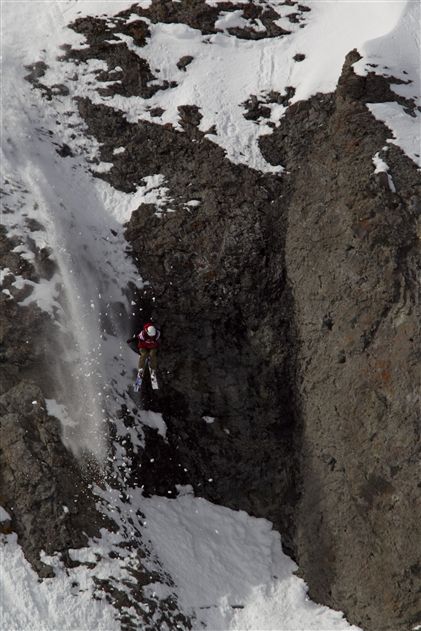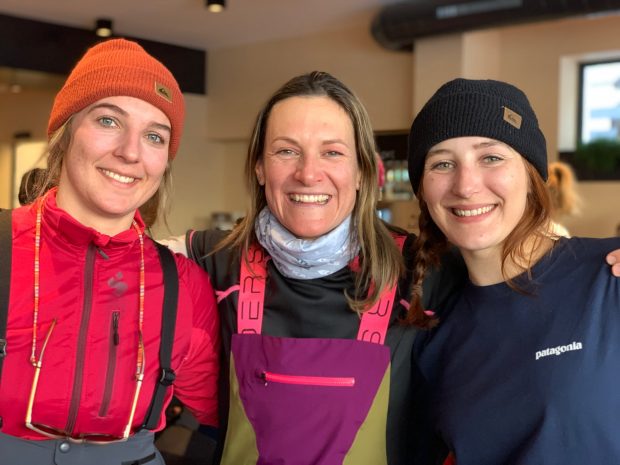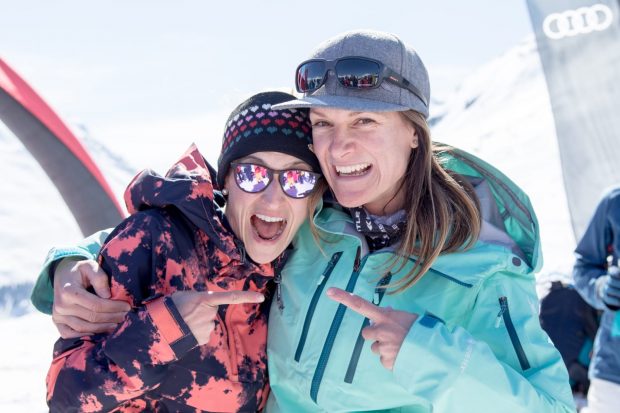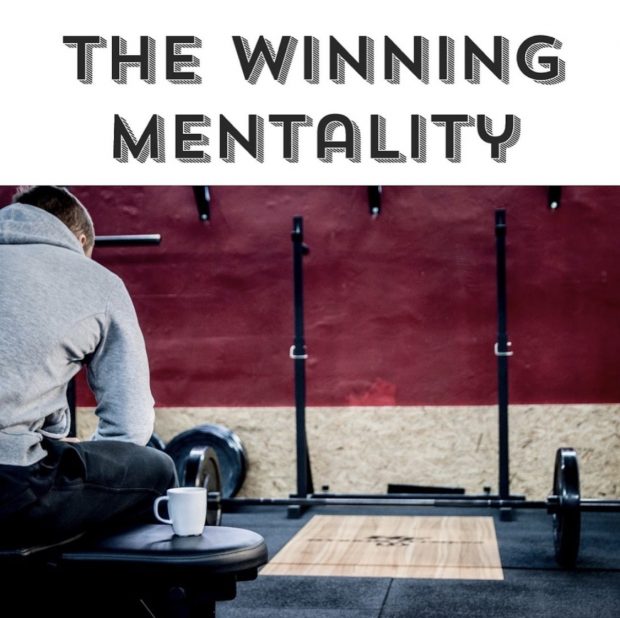On the negative side, the women may yet again be marginalised at FWQ events as male competitors are given priority on a competition and media level. There will likely also be financial implications for the women. Whereas competitors are payed to start at the FWT events, the FWQ events have no such financial support. If competitors can’t afford to do as many FWQ events as others, it puts them at a disadvantage (NB: the top 3 results of an unlimited amount of FWQ11 events will determine which riders are qualified for the finals in Verbier).
The role of the women in the Freeride World Tour previously has been insignificant. Media interest has primarily focussed on the men’s competitions. The highly expensive cineflexx camera for example, operated from a helicopter, was reserved for filming the men only at the FWT stop in Chamonix. Furthermore, the Eurosport 26 minute highlights of each FWT stop covered men’s competition only, never even mentioning that women were also competing. One must conclude therefore that the women, on a business level, don’t add any additional value to the FWT events so long as they are thrown in with the men. In this constellation, the men are the show, and it’s not doing the women any favours to have them tagging along.
The solution is a separate world tour for the women, such as the Sony Ericsson WTA Tour in women’s professional tennis or the ASP Women’s World Tour in professional surfing. Separating the women from the men allows the creation of an entirely new product which becomes attractive to a new group of sponsors wishing to advocate their women’s line or products. Such an event can be furthermore geared to women’s specific media. On a competition level, the venues and judging can be designed to progress women’s big mountain skiing and riding to the highest degree. It seems that FWT management is heading in the right direction. The organisers state that “female competitions will be featured (in 2011) within their own media showcase with on-line video features and a specific 26 minutes highlights show”.
Finally, I think it’s very important to appreciate what the FWT organisers have done so far for the sport in regards to making it more professional, especially in the eyes of the media. It’s by no means an easy job to do. The female competitors have worked hard to represent the sport well, and together we can make the FWT even better in future.



